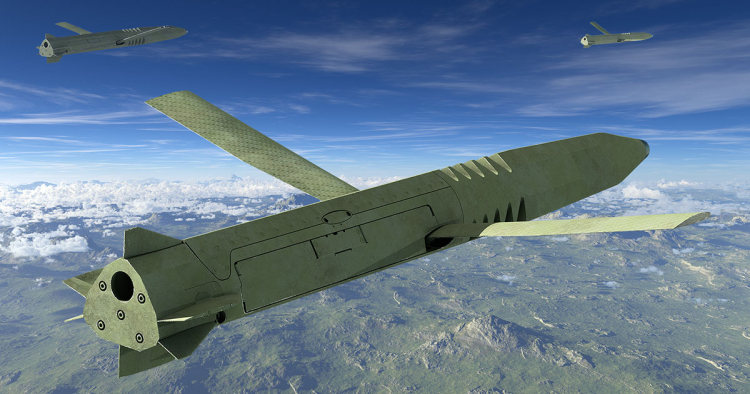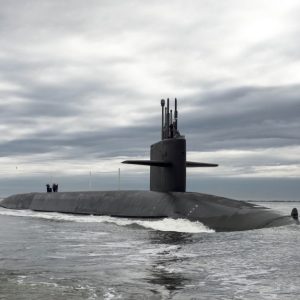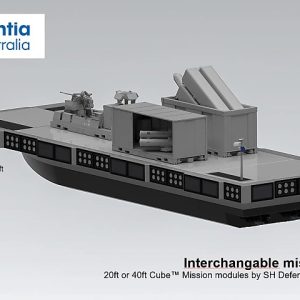The Marine Corps’ warfighting creed — to locate, close with and destroy the enemy by fire and manoeuvre — depends as much on mindset as on materiel. The Marines’ offensive mindset is not nostalgia; it’s operational physics: initiative generates tempo, tempo shapes outcomes. Recent demonstrations of a glide‑capable 155mm manoeuvring round (LRMP) and SpaceX’s Starship heavy‑lift platform show how emerging systems can restore reach and tempo for expeditionary forces rather than force a doctrinal retreat into passive defence. Technology should be judged by how it sustains offensive manoeuvres.
Key Facts
- Timeline: LRMP test campaign disclosed 13 October 2025; latest Starship test the same week.
- Platforms: M777‑fired Long Range Manoeuvring Projectile (LRMP); SpaceX Starship/Super Heavy reusable heavy lift.
- Effects: Order‑of‑magnitude range increase for 155mm; step‑change in strategic time‑to‑entry for crisis response.
- Use‑case: Standoff glide‑fires to shape assaults; rapid point‑to‑point insertion to compress enemy decision windows.
- Trade‑offs: Cheap massed HE remains essential; precision glide rounds are mission‑tailored tools.
Context — offence vs. defence in a changing battlespace
History’s blunt lesson is simple: unopposed aggression wins. The adversary that seizes initiative and sustains offensive tempo shapes the contest. That truth explains the Corps’ cultural insistence on the attack and the doctrinal line: remain the aggressor wherever possible. Yet technological change (precision fires, ubiquitous sensors, long‑range strike, EW) has prompted voices arguing that expeditionary forces must favour dispersion, denial and static defence over bold manoeuvre. That choice is not binary. The practical answer is to integrate new tools so Marines can attack better — more precisely, from further away, faster, and with resilient navigation and comms.
New tech, new options — LRMP and strategic lift as examples
Long Range Manoeuvring Projectile (LRMP). The LRMP programme turns ubiquitous 155mm howitzers into standoff, manoeuvring precision launchers. Test reports detail sabot separation, de‑spin stabilisation, wing deployment and controlled descent after glide — enabling precision engagement at distances previously reserved for missiles. This transforms a truck‑ or ship‑borne artillery battery into a theatre‑shaping, manoeuvre‑support asset able to “reach forward” and enable assault forces rather than serve only as a defensive fire base.
Reusable heavy lift (Starship class). Very large, reusable lift shrinks strategic timelines. If routine, high‑capacity point‑to‑point lift becomes available, an expeditionary unit’s time‑to‑entry collapses — enabling crisis‑response options that complement sea‑based amphibious manoeuvre rather than replace it. Rapid arrival with heavy equipment can restore the tempo advantage to the attacker in selected scenarios. Demonstrations in 2025 show maturation of the concept; operational exploitation will require doctrine, certification and policy work.
Operational implications (practical, not platitudes)
- Extend the reach of manoeuvre forces. LRMP‑enabled fires create windows of vulnerability in an adversary’s depth to enable closing manoeuvre. Assault formations can mass effects without over‑exposing themselves to long‑range sensors and shooters.
- Tempo and decision‑space compression. Rapid strategic lift compresses adversary reaction windows; when combined with persistent ISR and resilient C2, it can restore the initiative to expeditionary attackers.
- Cost‑trade strategies. Cheap massed HE remains essential for shaping and attrition; precision glide rounds are mission‑tailored — use them where value justifies cost. Mix‑and‑match fires (mass + precision) is the pragmatic path forward.
- Resilience to EW and denial. LRMP development emphasises onboard guidance and manoeuvre to operate in GPS‑degraded environments; that design choice aligns with the Corps’ need to keep attacking when navigation and comms are contested.
- Logistics and survivability. Higher‑value rounds demand protected magazines, robust resupply, and smart inventory policy. Reusable heavy lift requires forward reception nodes and joint‑service CONOPS that integrate with amphibious task groups.
Programme and force‑design consequences
- Doctrine: Update assault templates to incorporate standoff glide‑fires as preparatory and en‑route shaping fires for amphibious manoeuvre.
- Organisation & procurement: Invest in modular fire control, resilient seekers, and logistics to support higher‑value guided rounds alongside large stocks of inexpensive HE.
- Exercises: Integrate LRMP‑like capabilities into littoral and distributed operations exercises; practise synchronising air, sea and glide‑fired effects with assault ships and littoral manoeuvre forces.
- Allies & interoperability: Standardise interfaces (fire control, ammunition compatibility) so allied howitzers and launchers contribute to combined offensives. Pair with allied ISR and EW for cross‑domain cueing.
Assessment — keep the edge, but be realistic
Technology neither guarantees victory nor mandates withdrawal. It changes the calculus. LRMP‑class munitions restore range and precision to artillery; strategic reusable lift alters deployment timelines. Both expand the attacker’s toolbox. The sensible path for the Marine Corps is adaptation: maintain the Marines offensive mindset while adopting technologies that increase reach, reduce risk to assault formations and preserve tempo. Retreating to a permanent defensive posture is a doctrinal choice with strategic costs; embracing new capabilities to stay on offence is a proactive alternative.
Further Reading
- Defence Agenda — Underwater optical UUV communications (littoral tech context). https://defenceagenda.com/underwater-optical-uuv-comms/
- Defence Agenda — Space‑based interceptors & constellations (strategic space context). https://defenceagenda.com/space-based-interceptors-sbi-constellation/
- General Atomics EMS — LRMP test announcement (13 Oct 2025). GA‑EMS press release
- Space.com — Starship suborbital test flight report (13 Oct 2025). Coverage and analysis










